Introduction to VUMAT Subroutine
In ABAQUS/Explicit, the user can implement any general constitutive equations through the interface provided. This is achieved using the user subroutine VUMAT. It is utilized when the existing material models in the ABAQUS/Explicit material library do not accurately represent the material’s behavior. These interfaces enable the definition of any proprietary constitutive model of arbitrary complexity. User-defined material models can be applied to any ABAQUS/Explicit structural element type, and multiple user materials can be implemented in a single routine and used together. The implementation of material models in VUMAT will be covered in this course, along with illustrative examples.
What is VUMAT?
In Abaqus, VUMAT stands for “Vectorized User Material“. It is a user-defined subroutine that allows you to define custom material models for use in finite element simulations. With this subroutine, you can implement your own material behavior laws, such as plasticity, viscoelasticity, damage, and more, by specifying the constitutive equations and material properties.
The subroutine is written in Fortran and is used to describe the material behavior at integration points within the finite element model. It allows for the implementation of complex and specialized material models that are not available in the standard material library of Abaqus.
By defining a VUMAT subroutine, you can extend the capabilities of Abaqus to simulate the behavior of advanced materials or material models specific to your research or industry application. However, it requires a good understanding of material behavior and programming in Fortran.
What you’ll learn
In this Abaqus tutorial video course, you will learn about writing VUMAT subroutine in Abaqus, ways to debug the code, and also verification of that.
Upon completion of this course, you will be able to:
- Write your own VUMAT subroutine
- Choose the proper element type
- Postprocessing and visualization of the results
Overview of the course
Lecture 1 Introduction to User Material Subroutines
- Overview of Some User Subroutines
- Understanding the purpose and capabilities of VUMAT subroutines in Abaqus
- When to use VUMAT?
- UMAT or VUMAT?
- How do you convert UMAT and VUMAT?
- Our portfolio of coding user material subroutines
- Quiz 1
Lecture 2 Fortran Programming
- Basic concepts of Fortran programming language
- Essential FORTRAN Statements
- Naming Conventions
- Learn More
- Quiz 2
Lecture 3 Material Modeling
- In-depth understanding of material behavior and constitutive modeling, including plasticity, viscoelasticity, damage, and other material phenomena.
- VUMAT Interface
- Including User Subroutines in a Model
- VUMAT Variables
- VUMAT Conventions
- Formulation Aspects
- Solution-Dependent State Variables
- Quiz 3
Lecture 4 VUMAT Subroutine Implementation
- Hands-on training in implementing custom material models using VUMAT subroutines, including defining material properties, constitutive equations, and integration within the finite element framework.
- Deleting Elements from a Mesh Using State Variables
- Example 1: Using More than One User-Defined Material Model
- Example 2: Elastic/Plastic Material with Kinematic Hardening
- Example 3: Elastic/Plastic Material with Isotropic Hardening
- Example 4: 3D Orthotropic Elasticity with 3D Hashin Failure Criteria
- Example 5: Neo-Hookean (NH) Model
- Quiz 4
Lecture 5 Debugging
- Debugging Techniques and Proper Programming Habits
- Quiz 5
Lecture 6 Verification and Validation
- Techniques for verifying and validating user-defined material models through comparison with experimental data or analytical solutions.
- Single-element model test
- Multiple element model test
- Testing Suggestions
- Example 6: Rotating cylinder
- Quiz 6
Lecture 7 Postprocessing Subroutine Results
- Introduction
- Results Visualization
Appendix 1: Utility Routines
- Introduction
- Work with utility routines
Knowledge Prerequisites
This course is recommended for engineers with experience using Abaqus.
Available Releases
Abaqus 2024, Abaqus 2023, Abaqus 2022, Abaqus 2021, Abaqus 2020, Abaqus 2019, Abaqus 2018, Abaqus 2017, Abaqus 2016, Abaqus V6.14, Abaqus V6.13, Abaqus V6.12
Duration
5 hours
Discipline
Advanced Abaqus
This course is designed to cover the utilization of the Abaqus user subroutine. However, the course material can also be valuable for modeling various other types of material models. It is aimed at engineers who are involved in the programming of Fortran subroutines and wish to enhance their comprehension of the intricate mechanical behavior associated with complex material models.
Need help? Get a consultation from our experts.

Telegram: +98-915-55-20-388
WhatsApp: +98-915-55-20-388
Find Us on WeChat


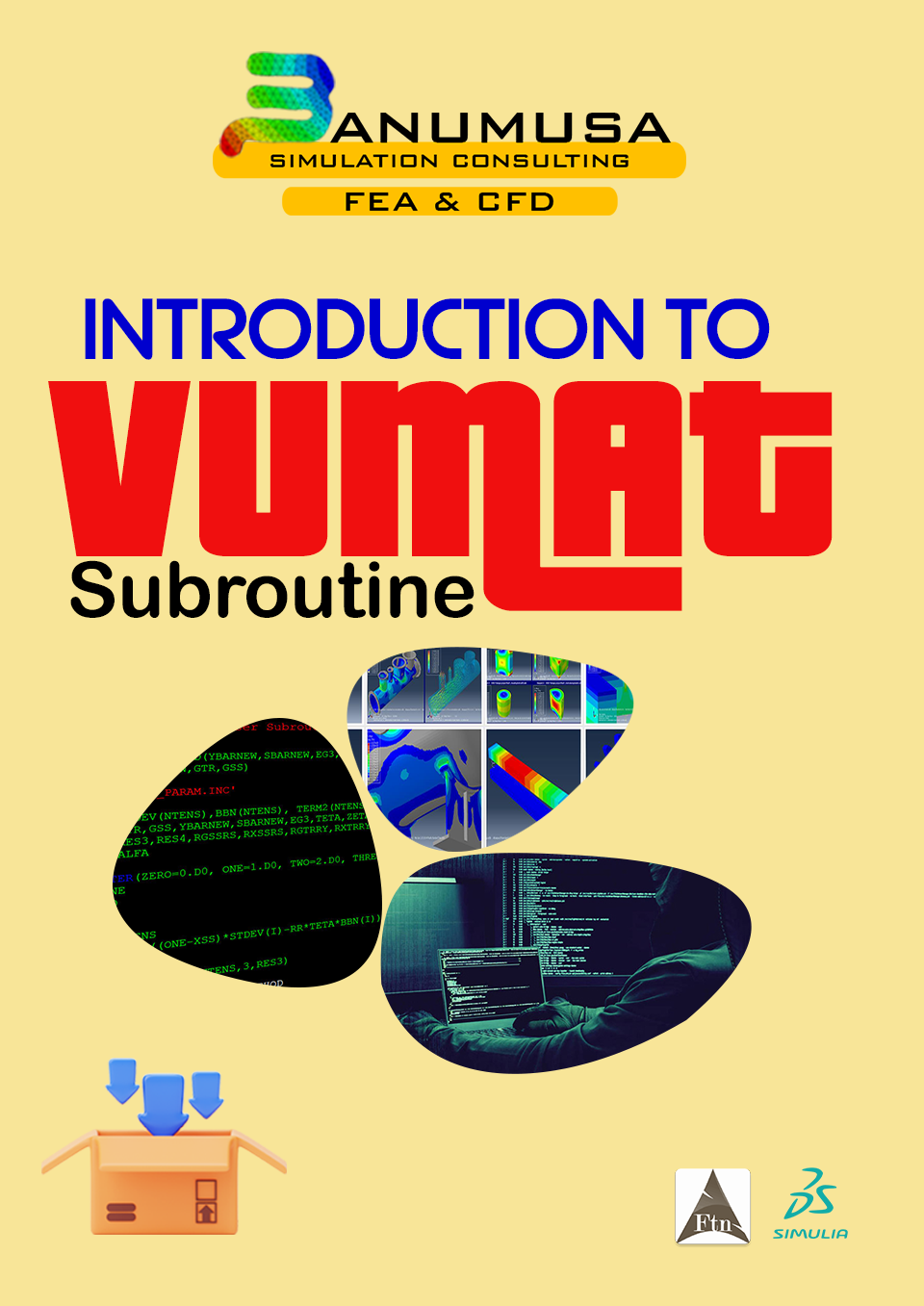
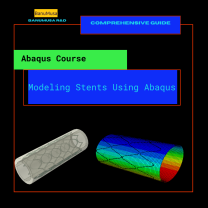
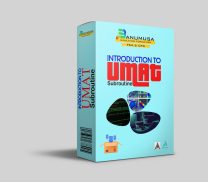

 We’re fully confident in the value and reliability of the product. If for any reason you are not completely satisfied, email us at
We’re fully confident in the value and reliability of the product. If for any reason you are not completely satisfied, email us at 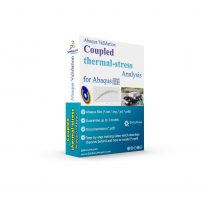

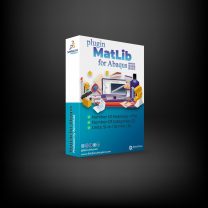

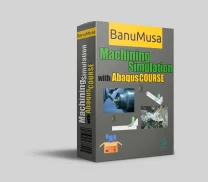
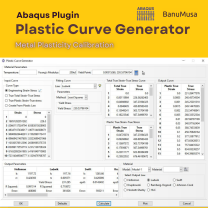
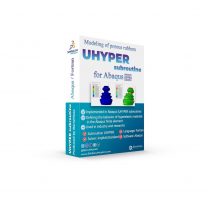
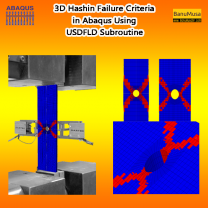
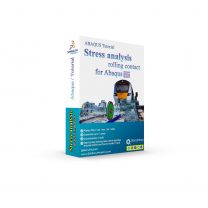
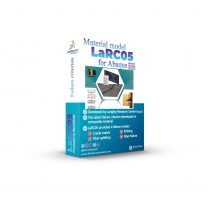
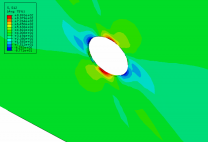

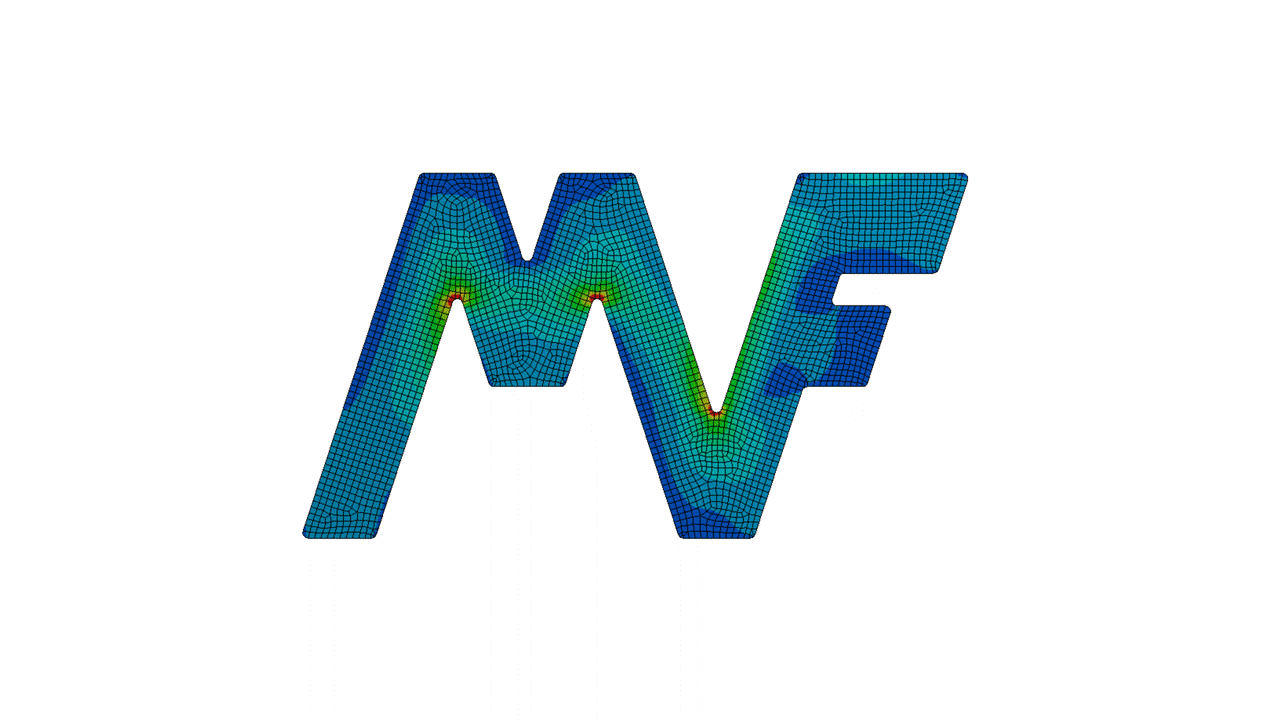

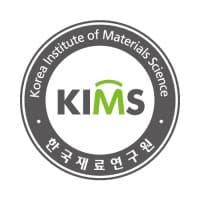

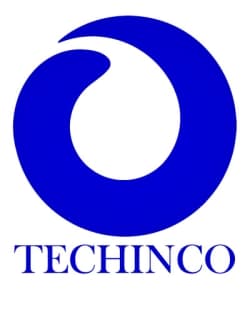

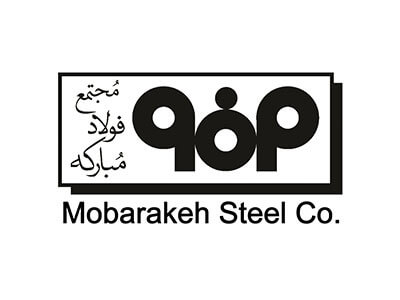

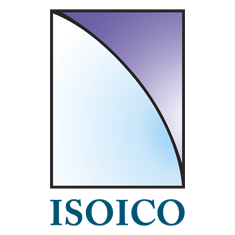

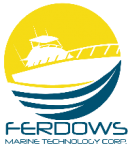

Reviews
There are no reviews yet.